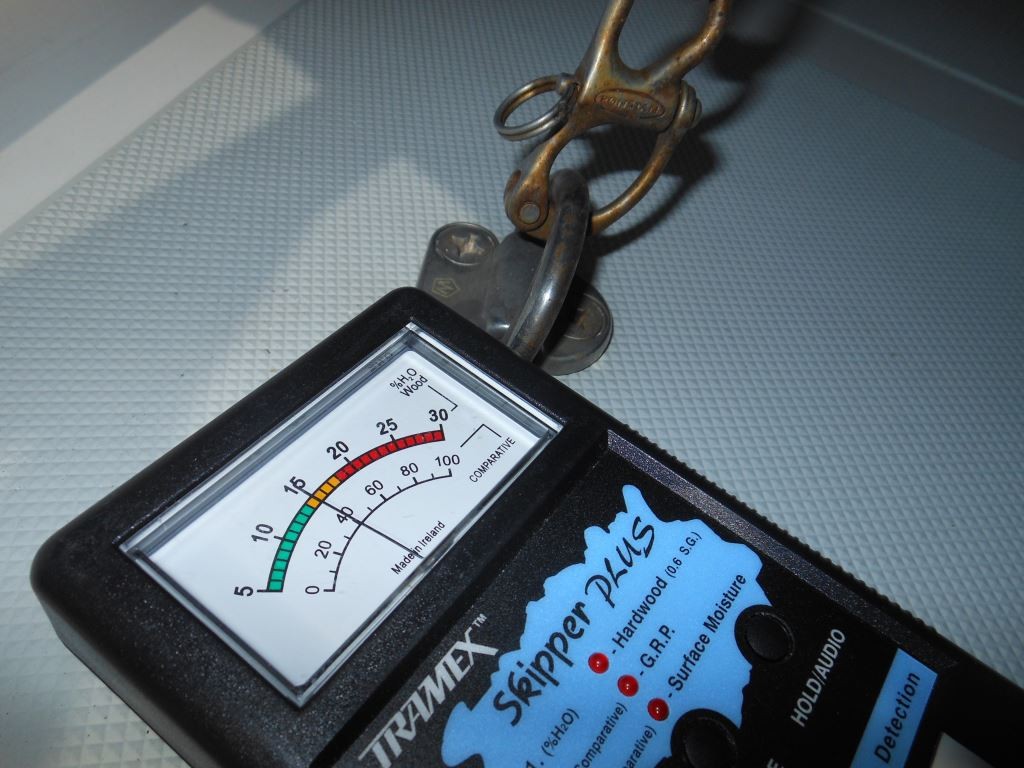Text and Photos by Steve D’Antonio
Copyright © 2014 SDMC Inc.
Look around any boat yard, boat show or marina and you’ll see acres of shiny gelcoat, beneath which lies glass fiber reinforced plastic, otherwise known as fiberglass. In most cases, primarily for cabins and decks as well on some hulls, beneath that you’ll find a core material sandwiched between still more fiberglass. This construction technique, referred to as cored composite, and first used in aircraft production during WWII, which included the famed British Mosquito fighter bomber, and the American PBY flying boat, revolutionized boat building, while making boat ownership more affordable and more practical, as owners no longer needed to be shipwrights to maintain their vessels.
For all its value, it’s extremely stiff and strong for its weight; cored composite construction suffers from one, sometimes fatal, weakness: water intrusion. Depending on the material, it may be end grain balsa wood or one of a variety of synthetic foams; the propensity of the core to absorb water can be prolific. Additionally, if the channels between core segments are not filled with resin during the construction process, as they should be, then these voids can also fill with water, and allow it to travel, in some cases feet or yards, often accumulating hundreds of pounds of excess weight.
Many of these water intrusion problems can be prevented by the boat builder in the design and construction process. In many cases, however, in spite of the best efforts of builders, problems begin after the vessel has been completed, when aftermarket hardware such as life rafts, antennas, canvas brackets and even snaps are installed. Those installing these components penetrate the core material with drills and fasteners, which then rely on flexible polyurethane sealant, the lifespan of which rarely exceeds five years, to prevent water penetration. This approach is a losing battle at best; the moisture meter shown here, adjacent to a weather deck pad eye, confirming this unfortunate yet common scenario, which frequently and predictably occurs adjacent to deck hardware, and its fastener penetrations. In a future Marine Systems Excellence Photo Essay I’ll detail preventive measures for both new build and aftermarket installations.
The article on cored construction and prevention of water entry can be found here.



